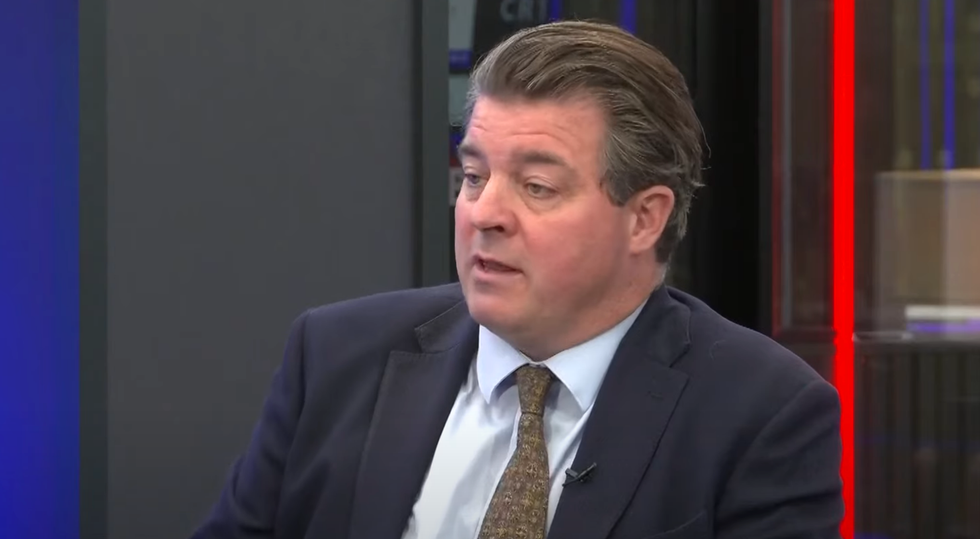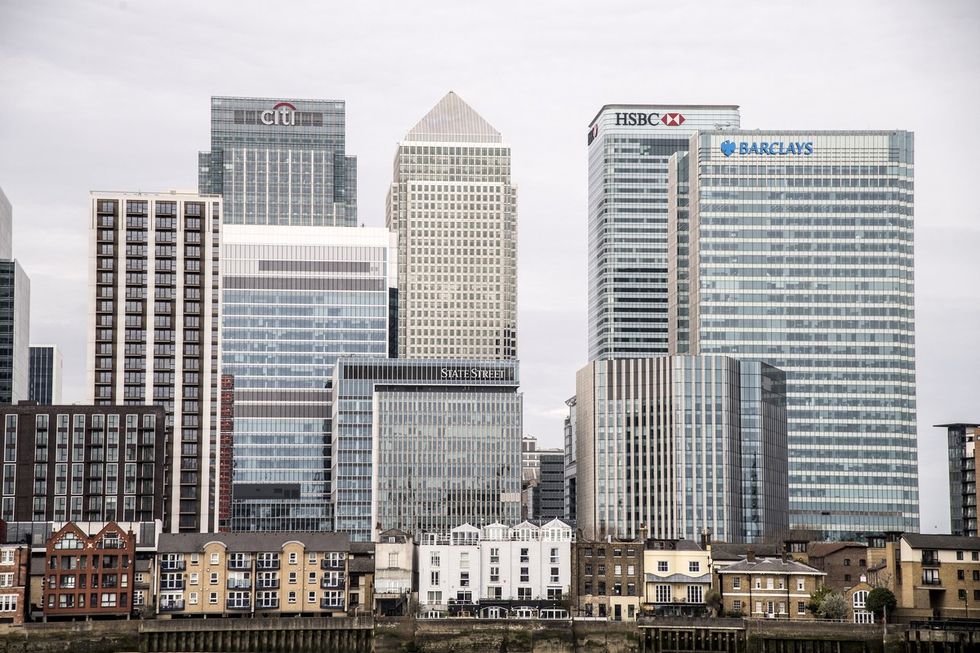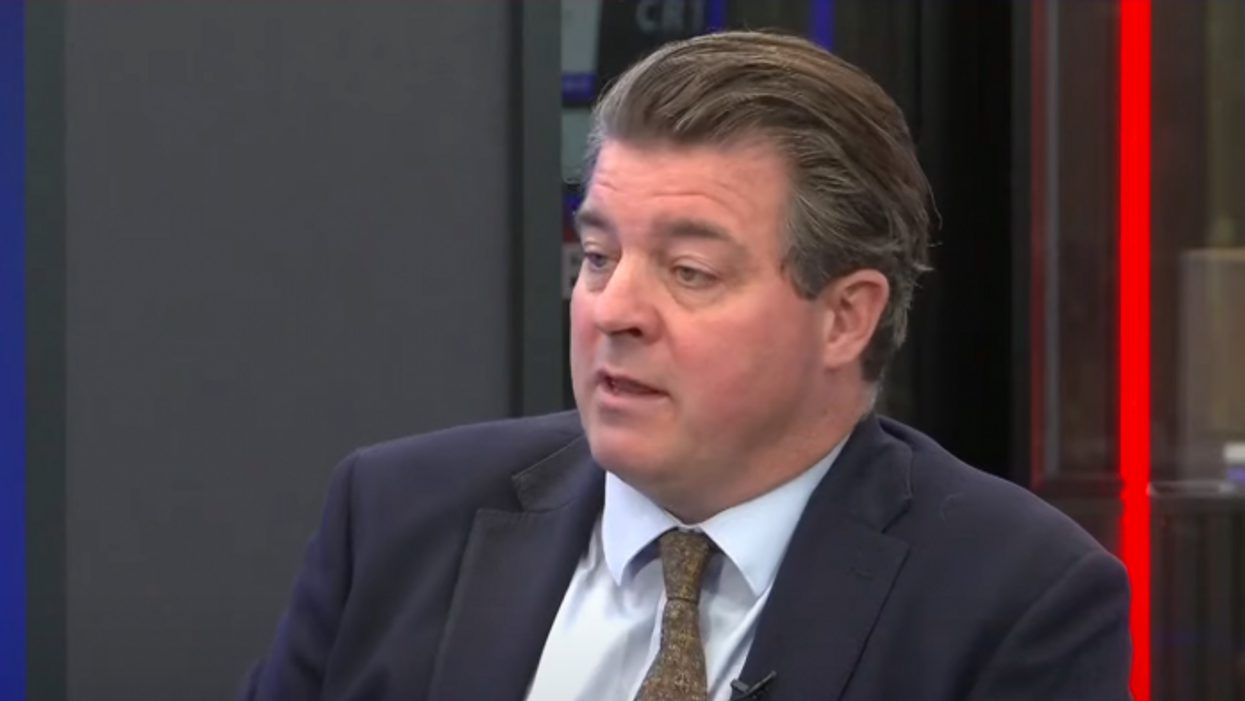The average five-year fixed mortgage dropped below six per cent for the first time in nearly three months
Don't Miss
Most Read
Trending on GB News
Super-low mortgage rates are not likely to make a return and buyers should hold their horses before shelling out for a deposit, according to GB News’ Economics and Business Editor Liam Halligan.
It comes as the average five-year fixed mortgage dropped below six per cent for the first time in nearly three months.
According to Moneyfacts, the last time the average five-year rate was below six per cent was July 3.
Whether the rate drops further remains up for question, according to Halligan, but he is confident that the UK will not return to super-low rates unless a financial crisis hits.

Liam Halligan said ultra-low interest rates are unlikely to return
GB NEWS
“I don’t think we ever will. Not in the the absence of a massive financial crisis,” he said.
“The reason rates went that low was to stop the global banking system from imploding after years of lack of regulation, and greed quite frankly.
“I think we’ll go back to the norm of four and five per cent, it’s not as bad as up to 14 per cent we had in the 70s.”
Pre-covid interest rates saw them settled at 0.1 per cent, only for a significant rise to 5.25 per cent since December 2021.
LATEST DEVELOPMENTS
Mortgage payments for many homeowners have surged as a result.
Halligan issued advice for buyers, saying they should look to hold out if possible amid the promise of further interest rate drops.
“I don’t think there will be a return to ultra-low rates”, he said.
“If the next move in interest rates is down, which will depend on the next inflation number, we can expect these mortgage rates to keep coming down.
 Mortgage rates slashed hours before inflation announcement in boost to BritonsPA
Mortgage rates slashed hours before inflation announcement in boost to BritonsPA“So if you can, wait until rates come down before you buy.”
It comes after it was predicted as many as 426,000 fewer first-time buyers could get on the property ladder between this year and 2027 compared with the long-term average, according to Leeds Building Society.
In partnership with specialist advisers WPI strategy, the building society analysed first-time buyer affordability between 1982 and 2022, and how the challenges of buying a first home have changed.
The report made projections for the number of first-time buyers in England in the years from 2023 to 2027 and compared this with the average number of people getting on the property ladder over the 40 years between 1982 and 2022.
Cumulatively, over the five-year forecast period, and when set against a 40-year average of 340,000 first-time buyer transactions, 426,000 fewer first-time buyers will be able to join the housing ladder at the current trajectory, without intervention, the report predicted.
The report suggests a gradual improvement is in store for first-time buyers in England from 2023 until 2027, with recent signs suggesting house prices have been falling back.
It also said mortgage interest rates for first-time buyers are forecast to fall only slowly and the cash deposits typically required will remain relatively high.
Richard Fearon, chief executive of Leeds Building Society, said previously low interest rates “have papered over the cracks in the housing market”.
He added: “It has masked a growing gap between people with the ability, or family help, to build ever higher deposits and stretch their repayments and those who cannot.”









